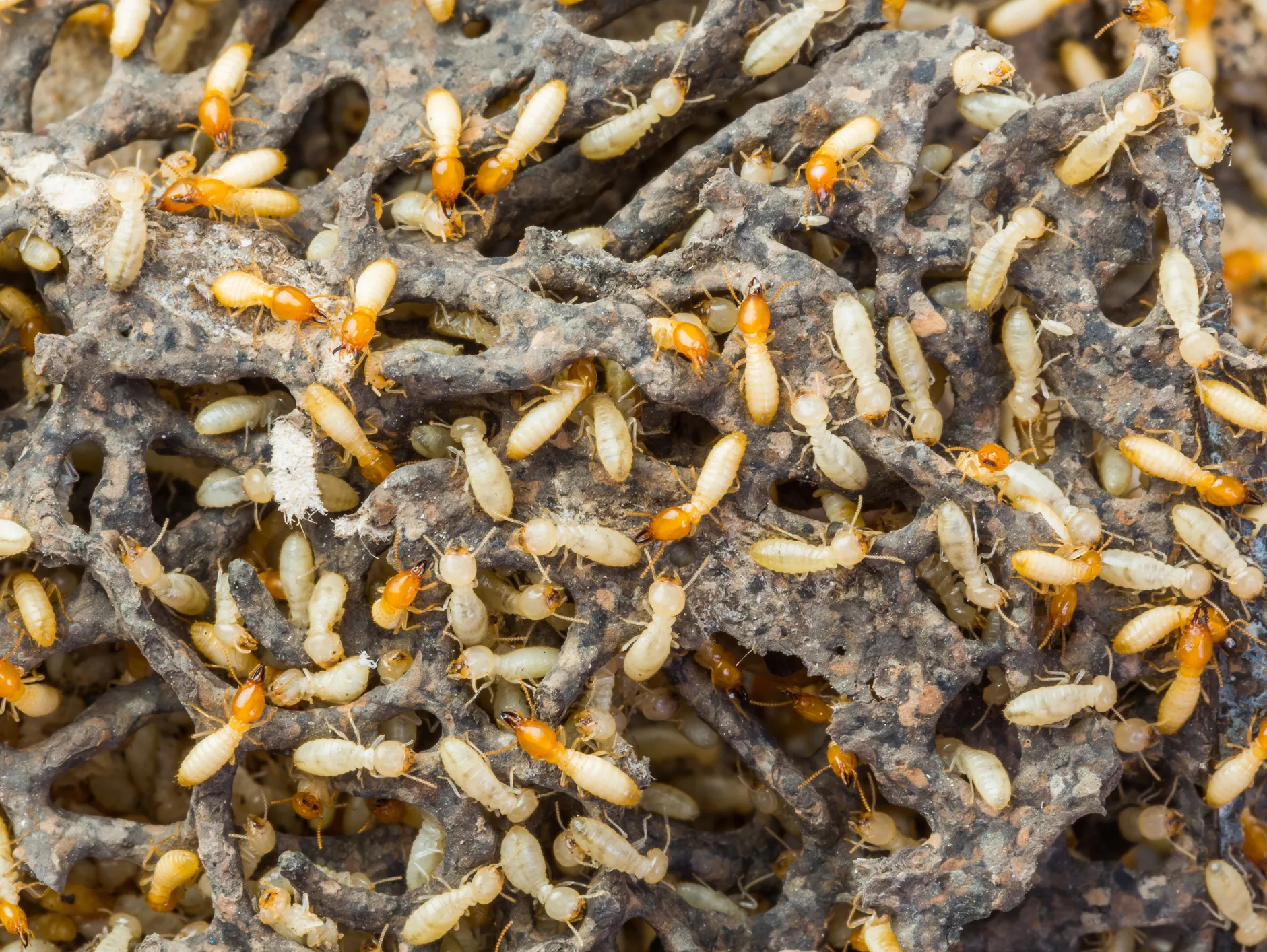
Climate change is reshaping our planet in profound ways, impacting ecosystems, weather patterns, and the distribution of species. While the effects of climate change are widely acknowledged, its influence on pest populations, including termites, is an emerging concern. In this blog post, we'll explore the complex relationship between climate change and termite infestations, highlighting the potential implications for homeowners, businesses, and ecosystems.
1. Changing Weather Patterns: Climate change is altering weather patterns worldwide, leading to warmer temperatures, altered precipitation patterns, and more frequent extreme weather events. These changes create favorable conditions for termite populations to thrive, with warmer temperatures and increased humidity providing ideal breeding and foraging environments.
2. Expanded Habitat Range: As temperatures rise and climates shift, termites may expand their habitat range into new areas previously unsuitable for their survival. Warmer temperatures in traditionally cooler regions may allow termites to establish colonies and cause damage to homes and structures previously unaffected by termite infestations.
3. Longer Active Seasons: Warmer temperatures and milder winters extend the active seasons of termite populations, allowing them to forage for food and reproduce year-round. This prolonged activity increases the risk of termite infestations and intensifies the damage inflicted on homes, businesses, and agricultural crops.
4. Increased Moisture Levels: Climate change can also lead to changes in precipitation patterns, resulting in periods of prolonged drought or increased rainfall. Both scenarios can impact termite behavior, with drought conditions driving termites indoors in search of moisture and heavy rainfall creating moist, conducive environments for termite colonies to thrive.
5. Impact on Ecosystems: Termites play essential roles in ecosystems as decomposers, breaking down organic matter and recycling nutrients. However, changes in termite populations and behavior due to climate change can disrupt ecosystem dynamics, affecting soil health, plant growth, and biodiversity.
6. Challenges for Pest Management: Climate change presents challenges for pest management professionals tasked with controlling termite populations. Traditional control methods may become less effective as termite behavior and distribution patterns shift, requiring innovative approaches and adaptive strategies to combat infestations.
Mitigation and Adaptation Strategies: To address the growing threat of termite infestations in the face of climate change, homeowners, businesses, and policymakers must prioritize mitigation and adaptation strategies. This includes implementing termite-resistant building materials, conducting regular inspections, and investing in sustainable pest management practices.
Climate change poses significant challenges for termite management and control, with warming temperatures and altered weather patterns creating conducive environments for termite populations to thrive. By understanding the complex relationship between climate change and termite infestations, stakeholders can take proactive measures to mitigate risks, protect structures, and preserve ecosystems. Through collaborative efforts and innovative solutions, we can address the growing concern of termite infestations in a changing climate and build resilient communities for the future.